Leading the Charge (and the Change)
Working to advance holistic environmental sustainability, the Cushing Terrell Green Advocacy Council (GAC) serves as a collective knowledge and resource base for our firm and our clients. The team is made up of individuals from diverse backgrounds and disciplines, but all share a common belief in the importance of advocacy and education when it comes to integrating sustainable design and sustainable practices into our projects, business operations, and company culture.
We know full well the huge impact the built environment has on our world, and as architects, engineers, and designers, we must learn all we can about new practices, new technologies, and alternative ways of building in order to incorporate them into what we do and champion a better way forward — with each other, our clients, and our partners.
Learn more about the people of the GAC and the initiatives they’re spearheading for our firm.
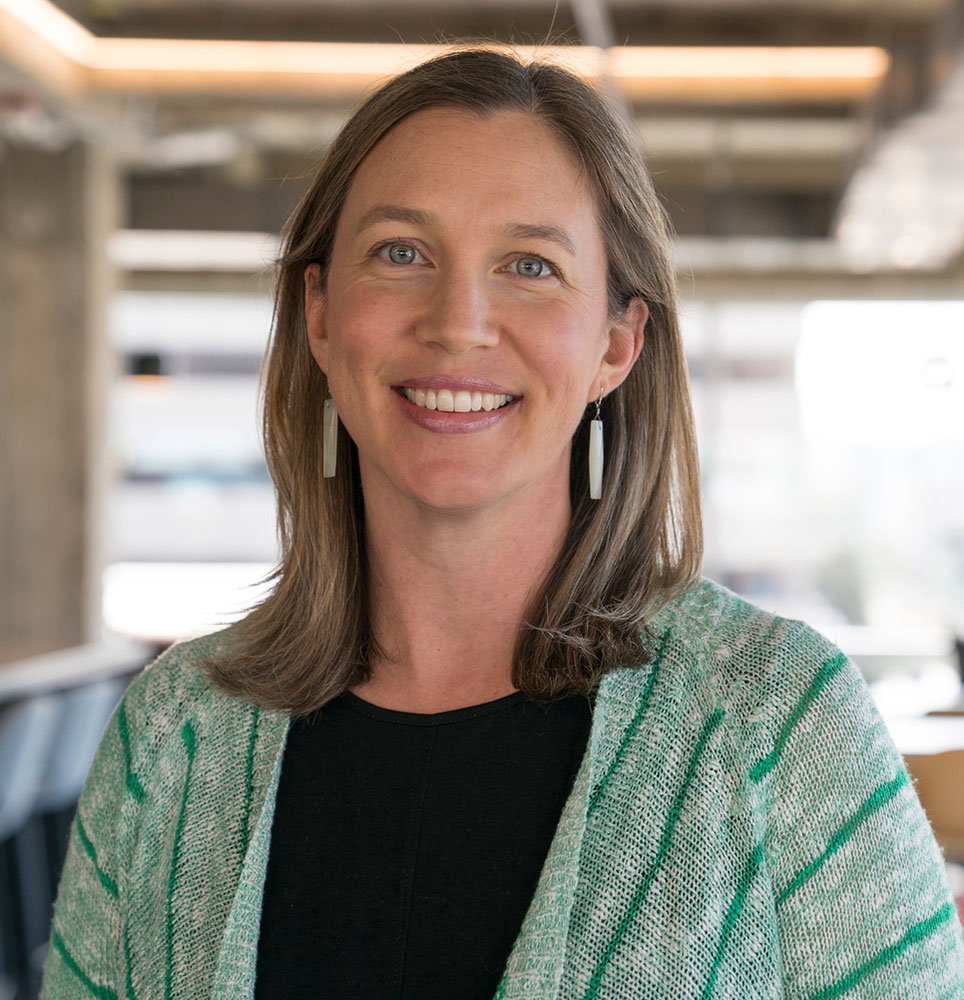
Ashleigh Powell, LEED AP BD+C
Ashleigh is the director of sustainability for Cushing Terrell. She’s been with our firm for 13 years and is based in Austin, Texas, where she’s at the center of green building activities in a city committed to the cause.
Ashleigh helped champion Cushing Terrell’s Sustainable Design Initiative, a compilation of design strategies aimed at promoting environmental stewardship, human health, and wellness. Aligned with the AIA Design Excellence Framework, the Sustainable Design Initiative provides our teams with baseline best practices for application to our projects. It includes ten measures that cover: integration, community, ecology, water, economy, energy, wellness, resources, change, and discovery.
Why our own initiative? It ensures sustainability is much more than a niche service for our firm and instead serves as the foundation for design, incorporated into our projects right from the get go.
“One of the things I like best is figuring out how to communicate the importance of sustainability to a diverse audience,” Ashleigh says. “If we want people on board, we have to speak their language and make tools and resources accessible. From training colleagues and team members to participating in the USGBC Texas Advocacy Day, my goal is comprehension and action.”
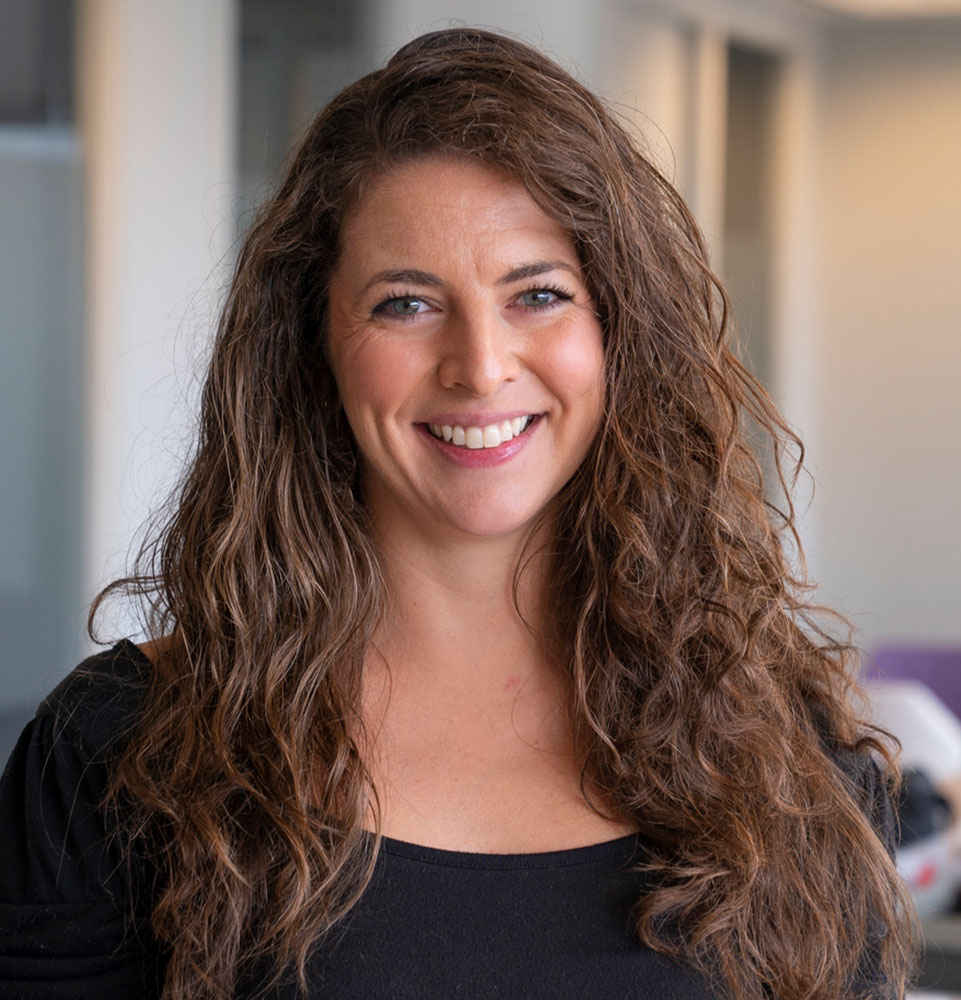
Aubrey Morris, AIA, LEED Green Associate
An architect based in our Seattle office, Aubrey practices out of one of our most environmentally conscientious locations. They live and breathe sustainability from doing away with garbage cans and recycling just about everything, to ensuring all they order and use within the office comes from organizations that put a focus on less waste and using environmentally responsible materials.
Aubrey is a LEED Green Associate with a focus on the ILFI Living Building Challenge and USGBC LEED building certifications. As a contributor to our Sustainable Design Initiative, she’s a resource for how we can incorporate sustainable practices into every project. She’s committed to helping us transform into a more sustainable company as a whole, and to ensure we keep improving.
“People have an inherent connection to nature, and buildings should highlight this connection, not hinder it,” she explains. “Sustainable design is the future of architecture. I look forward to the day when all building material manufacturing, building material compositions, and the finished built structures are not harmful to humans or our surrounding ecosystems. For the future’s sake, I hope it’s sooner, rather than later!”
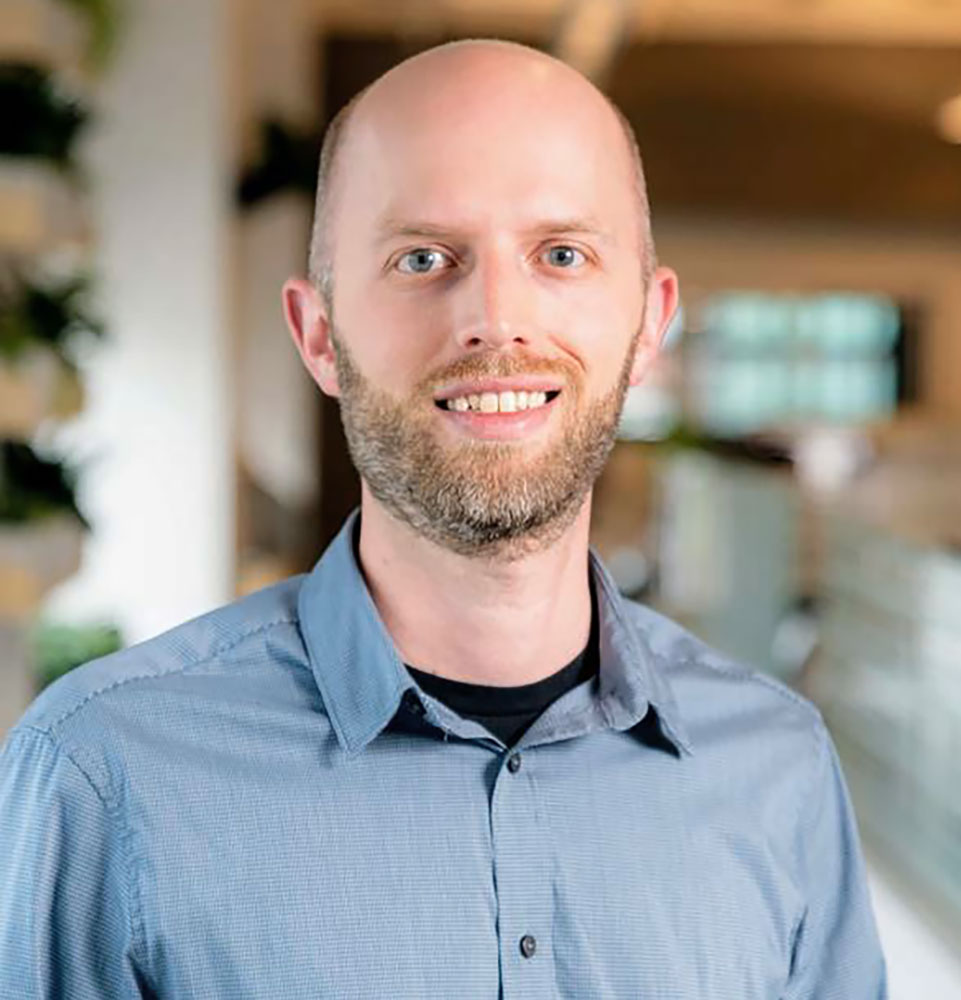
Brian Emtman, PE, LEED AP BD+C
Brian is a mechanical engineer based in Boise (licensed in Idaho and Washington). His experience covers the design and analysis of mechanical systems for built environments with a focus on energy engineering, sustainable design, and data analysis. He’s also a member of our Post Occupancy Evaluation Group.
Brian likes to dig into the details and provide clients with the information they need to understand both the financial and environmental implications of design decisions. His expertise ranges from design and feasibility analysis for combined heat and power systems to energy audits for university buildings. He helps owners strengthen the business case for conservation by collaborating with utilities to secure incentive payments for prescriptive and custom measures.
“I joined the GAC for the opportunity to drive positive action through data,” he says. “My goal is to aggregate energy, sustainability, and post-occupancy information and present it in accessible, compelling ways. Data ultimately helps us make better design decisions.”
Brian’s background includes work across sectors — commercial, retail, industrial, healthcare, higher education, and government — as well as supporting our internal operations through analyzing the energy performance of our 13 offices.
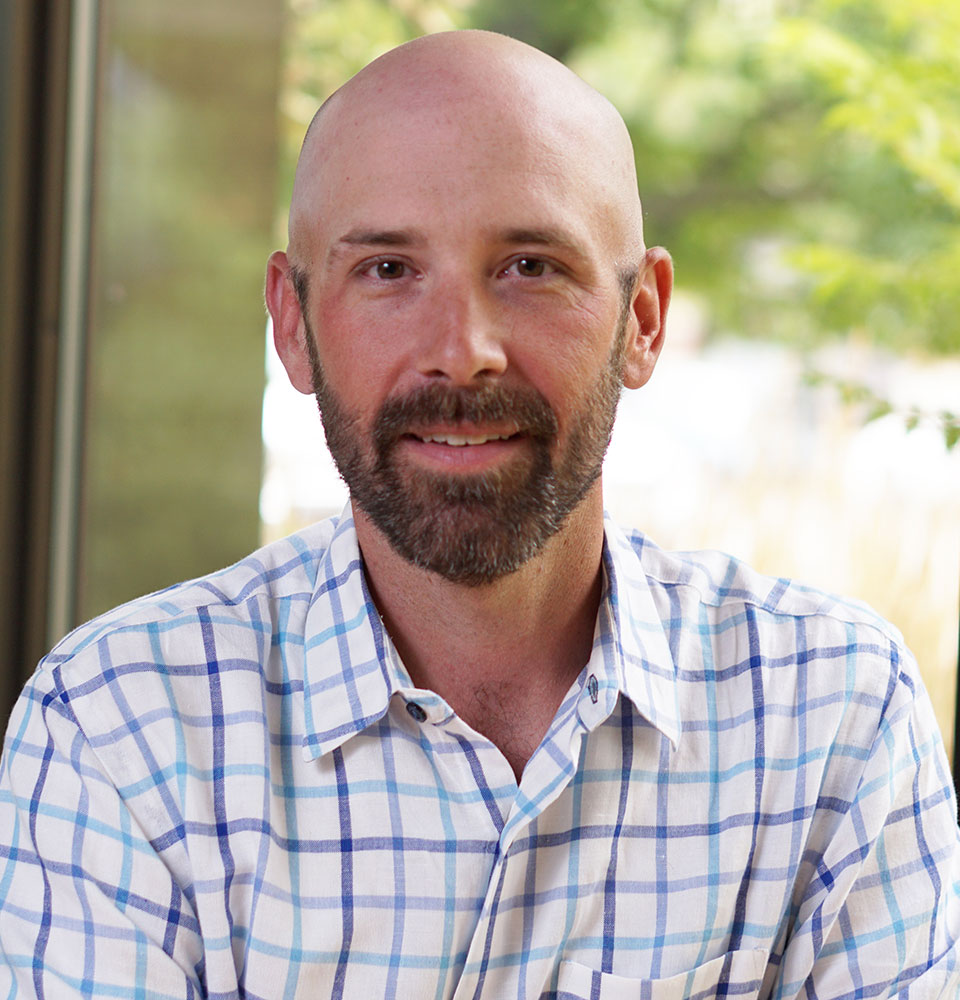
Jeff Fain, PE
Based in Bozeman, Jeff is a licensed electrical engineer with a background in both engineering (Illinois Institute of Technology) and architecture (The University of Texas at Austin). His primary focus is electrical power systems design, and his experience covers a wide array of project types and markets, ranging from industrial to healthcare.
“Energy is the currency of the natural world, and for that reason, I believe conserving energy is not only a responsibility, but a way of remaining connected to the world we all inhabit,” Jeff explains.
He says he joined the GAC because he enjoys working on project teams that are focused on achieving demonstrable performance goals. He describes himself as one of the “technical people” on the team, helping to translate ideas into implementable designs. He’s also lived in places as varied as Austin, Texas, and Bozeman, Montana, and has seen that sustainability means different things, depending upon context and location. Understanding that sustainable design is not a one-size-fits-all scenario is helpful as we work with clients across the country.
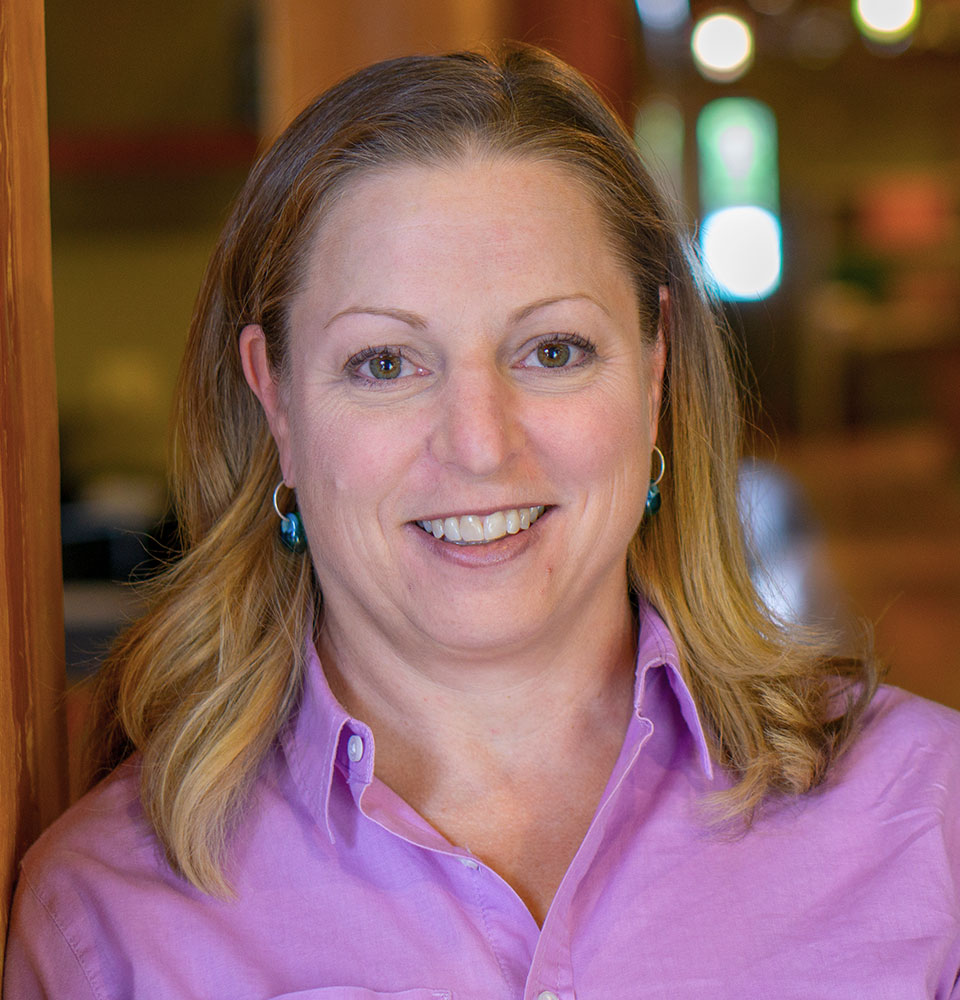
Jennisse Schule, WELL AP, LEED Green Associate
Jennisse is a design professional in our Great Falls office. She lives in a tiny house that she designed and built herself with Passive House design intent as part of her master’s thesis in architecture.
“I didn’t quite reach Passive House standards, but I’m much more familiar now with what it takes to achieve certification — the materials needed and the construction processes required,” she says. Her own personal goal is to work toward being “off grid” with reclaimed water and solar power.
A source for inspiration and “walking the walk,” Jennisse believes every little bit of effort makes a positive difference. As the overall lead for our firm’s Sustainable Policy Office Champions (SPOC) program, she helps empower team members at the office level to create healthier, more responsible work environments.
She says: “I’m really interested in removing obstacles, both perceived and real, in creating a healthier and happier environment to live and work. I think the way to do that is to listen first and laugh a lot. Then just try something, anything, and adjust as needed. Starting is the hardest part. We all benefit if we remember we’re in this together.”
Jennisse transitioned each of our offices into the LEED Arc platform in order to track the footprint of our operations through post occupancy data. Each of our SPOCs will be trained in understanding the Arc platform and the data so we can enhance our knowledge base and make more informed and inspired design decisions.

Joel Anderson, AIA, NCARB, LEED BD+C
Joel is an architect and associate principal, as well as the principal in charge of our sustainable design work. Involved in the design of award-winning projects across markets, he helps facilitate harmony between clients and project teams, and as such, works to ensure all parties are aware of ways to incorporate sustainable features right from the start, through construction and post occupancy.
“I believe our built projects should be responsive to our environment and communities. For the practice of architecture to evolve, we must continually test our building design strategies in order to achieve adaptability and resilience,” Joel says.
He believes every member of the team is crucial to achieving elegant simplicity within our work, and as a team leader, he helps bring together the right expertise for each unique project.
Joel says he’s “continually fascinated with the people, places, materials, and systems that define a building. I’m not only interested in the ecosystem of a building itself, but how that building fits into the larger context of social and environmental ecosystems.”
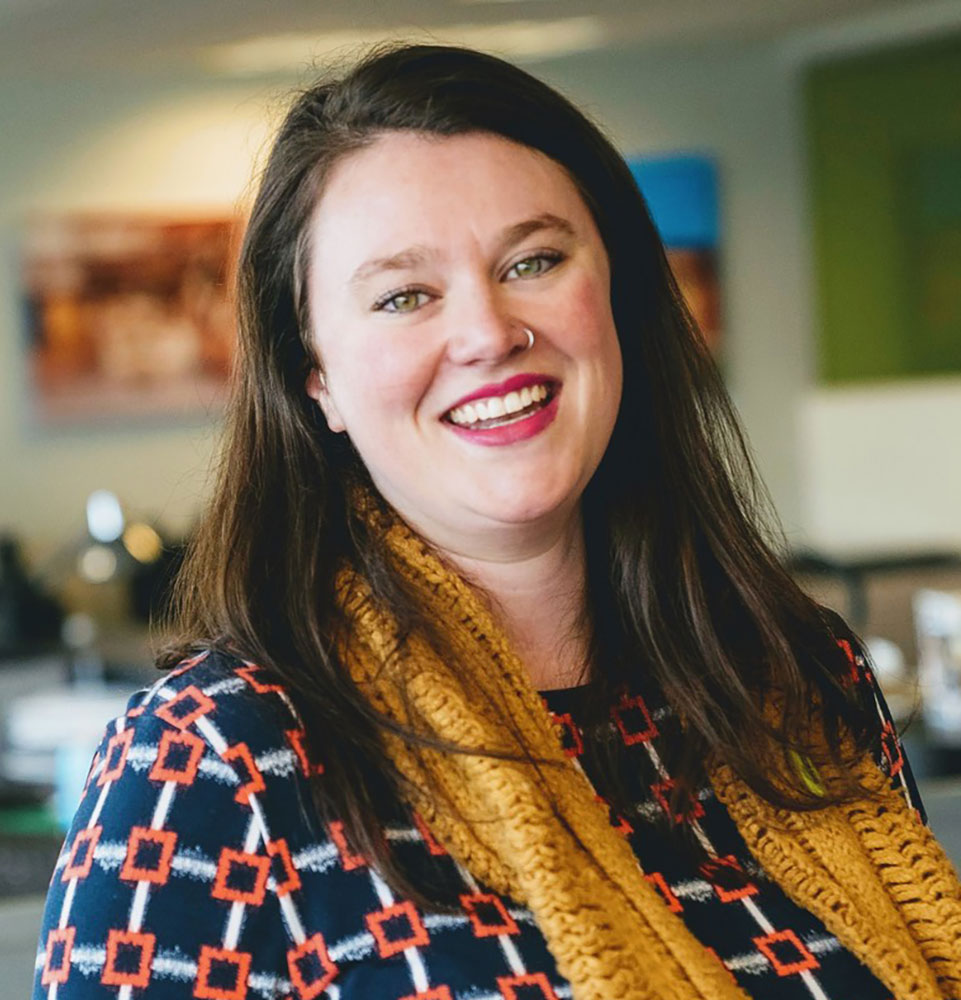
Kaare Sola, NCIDQ, LEED Green Associate, IIDA
A senior interior designer, Kaare is part of our Seattle team. She joined the GAC to add the very important perspective of how materials we use inside spaces can impact human health and wellness.
“A focus on indoor air quality and the health of building inhabitants is one of the most important parts of my job and a primary commitment to our clients,” Kaare says. “I also love designing spaces for people that make them feel connected to nature. For me personally, this connection is what recharges my soul and helps me be productive and creative.”
Kaare is one of our team members with an interest in biophilic design, something we’re continuing to focus on more and more due to its positive effects on people in the built environment.
“I believe good design should always focus on enhancing the well-being of people,” Kaare adds. In order to create innovative, unique, and successful projects, she works to employ the use of sustainable strategies, extensive knowledge and research, and a collaborative design process that brings in a variety of viewpoints.
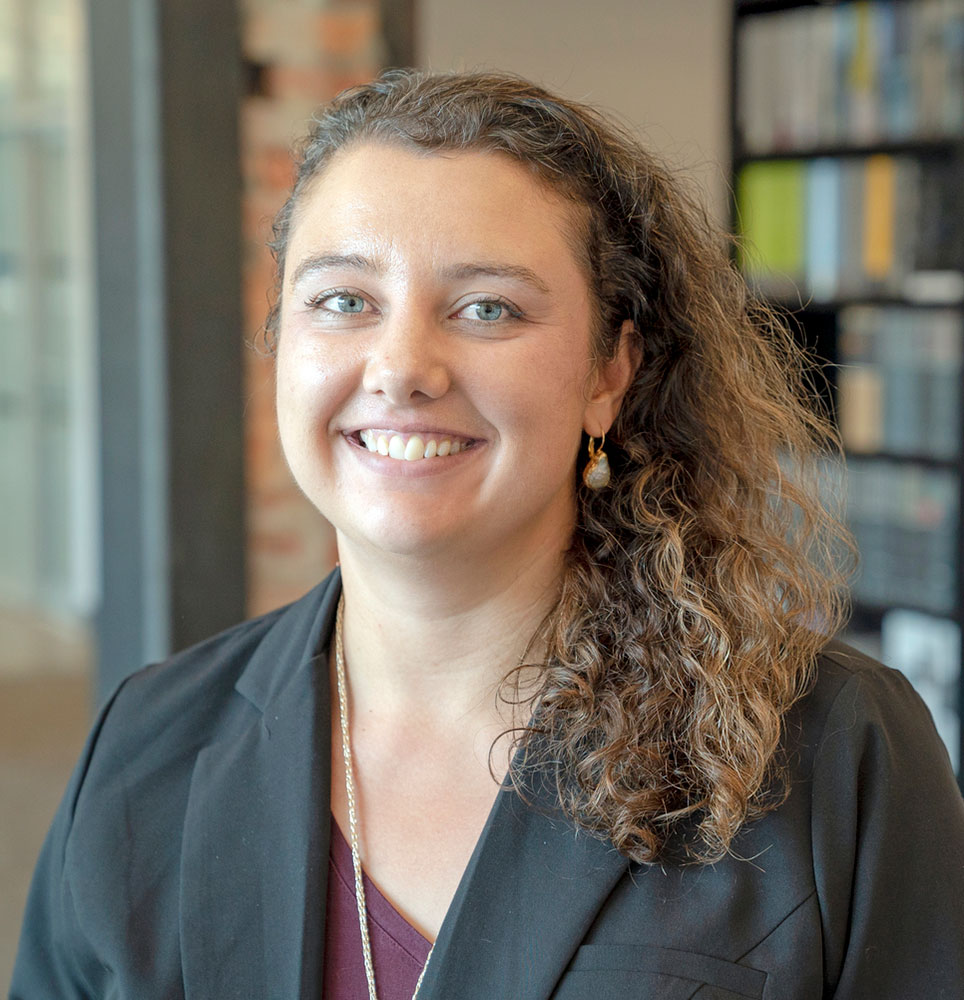
Meghan McMahon, PLA, ASLA, LEED GA, SITES AP
A landscape architect based in upstate New York, Meghan has been influenced by a vast array of environments. She spent her formative years in upstate New York, studied abroad in Australia during college, graduated from Cornell University, landed her first job after college at a firm in North Carolina, worked for the National Park Service in Virginia, and eventually moved with her husband to Japan for three years, before joining Cushing Terrell in Montana. A recent move brought her back to upstate New York.
She says this life journey has definitely influenced her perspective on how different people and cultures interact with the natural environment, as well as expanded her view of what’s possible in landscape design.
“I spend a lot of time thinking about what makes a space feel authentic to an area and how I might bring this feeling to a project,” Meghan explains. “I focus on what each client is hoping to achieve and then how I might push it to the next level.”
Meghan strives to celebrate each site’s natural beauty, while enhancing connections with the community around it. Her experience reflects this, melding master planning, community outreach, schematic design, and construction documentation. She enjoys incorporating green practices and technologies into her work and has developed unique storm solutions, solar installations, green roofs, and water harvesting and reuse projects.
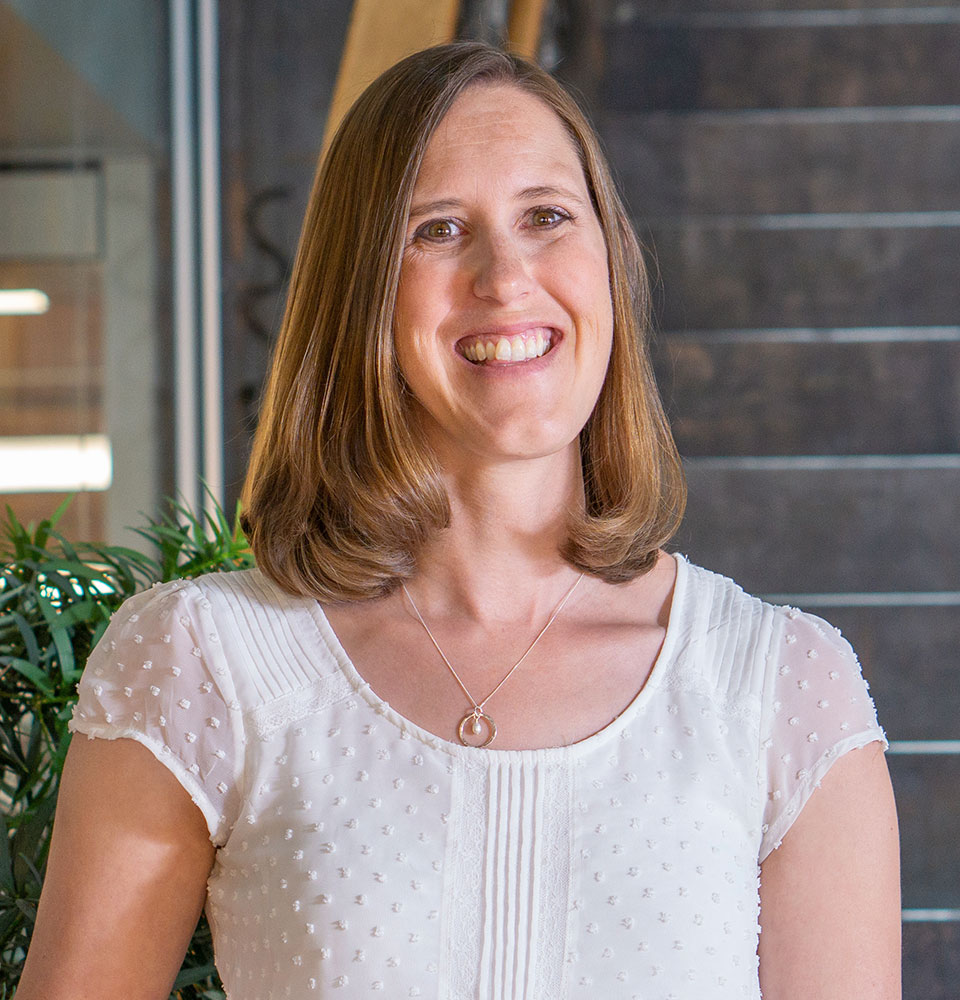
Raelynn Meissner, PE, LEED AP BD+C
Raelynn is a mechanical engineer in our Billings office. She’s been with our firm for fifteen years and has spent the last thirteen focused on sustainable design and high performance buildings. Her experience includes building energy studies and analysis, LEED building certifications, and mechanical design for a variety of systems.
“Designing for energy efficiency and to reduce carbon emissions is my priority,” Raelynn says. “Sustainable design is important to me because I want to leave a legacy of environmental stewardship for my children.”
As one of the founding members of the GAC, she says it was a wonderful way to share ideas and celebrate the work we do. “This green ‘think tank’ continues to move sustainable design forward within our firm,” she says. “Originally, we had a member from each office, so it was also a great way of getting to know people we may not have had the opportunity to work with otherwise.”
Raelynn has been a LEED AP since 2005 and has been involved with 30 LEED project certifications in the years since. In addition to her LEED certification, she is a GBI Guiding Principles Compliance Professional and has worked on projects pursuing smart building strategies, the Living Building Challenge, and net zero energy goals.

Tim Johnson, PE, ASHRAE BEMP, LEED AP BD+C
Part of our Boise team, Tim is a mechanical engineer (licensed in Idaho and Nevada) who commutes to work via skateboard. His focus is on building performance analysis, specifically energy modeling in order to help reduce building operating costs and environmental impacts, and to improve occupant health and well-being.
“My goal with joining the GAC is to help spread the word about design strategies and techniques that we can incorporate into our client’s projects, from the conceptual design phase, through implementation and operation,” Tim says.
His experience includes mechanical and plumbing design and document production for schools, commercial offices, supermarkets, healthcare facilities, industrial buildings, and government buildings.
Also one of our technical team members, Tim has worked with his colleagues to create a unique script for simulations that can incorporate a multitude of data points resulting in detailed information and options for projects. They are able to look at the impact of everything from window tinting and insulation to lighting and HVAC — all elements that can help or hinder building performance.
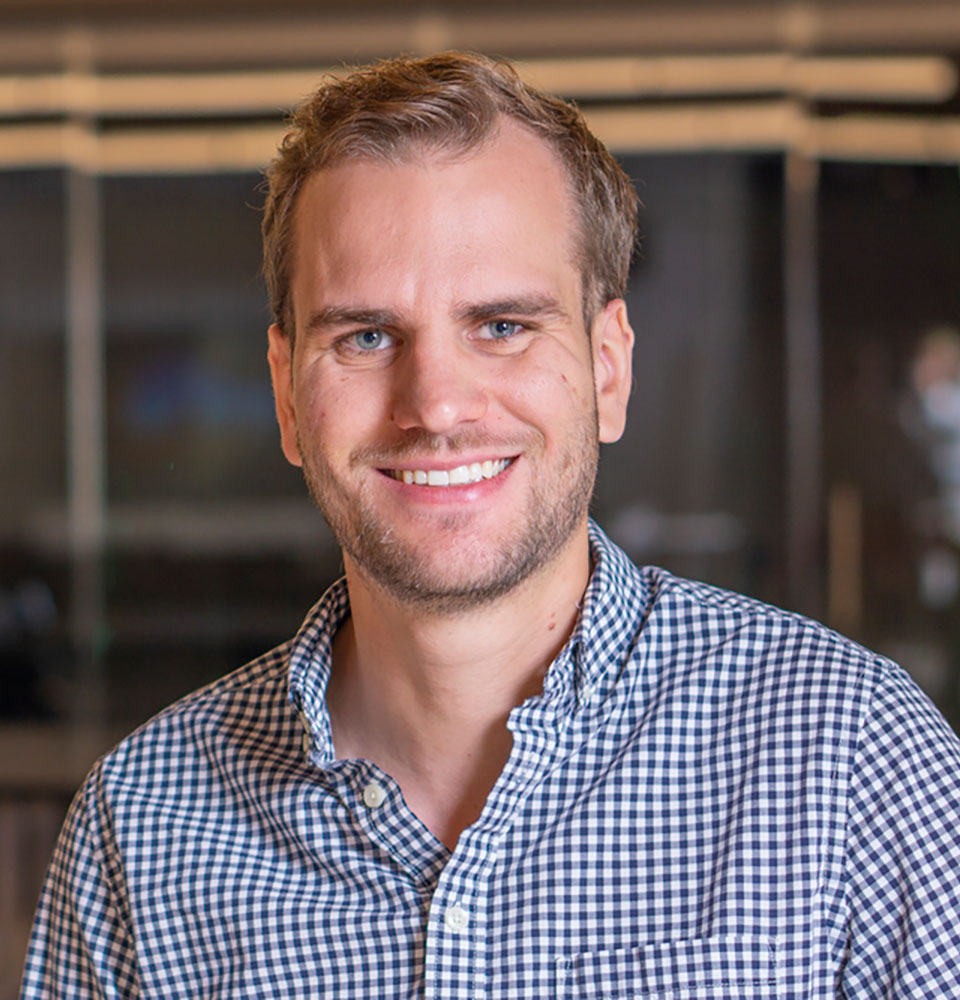
Tyler Mortenson, AIA, LEED AP BD+C
Tyler is an architect in Billings with an interest in performance-based tracking of sustainability metrics, passive strategies and detailing to make more efficient, comfortable buildings. Another big interest? He’s a proponent of alternative transportation as one of the ways we as individuals can make a difference in our everyday lives. He bikes to work nearly every day.
When asked why he thinks sustainable design is important, he answers with a question: “When does unsustainable design ever make sense? Boiling it down, we have one planet to live on, so it’s imperative that we treat it right. We owe it to ourselves and to future generations.”
He says his main drive as it relates to design is to create greener buildings, whether through energy efficient design, responsible use of materials, or exploring ways in which our designs can better complement their surroundings. In addition to being certified as a LEED AP BD+C, he also has knowledge and interest in Passive House design, LEED Arc, and the Living Building Challenge. He currently serves as a member of the USGBC Montana board.
To learn more about our sustainable design services, visit: https://cushingterrell.com/sustainability/


